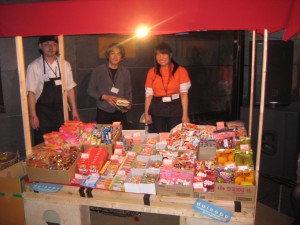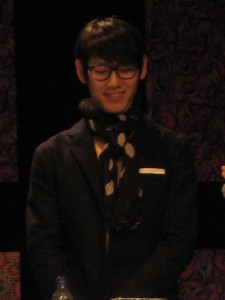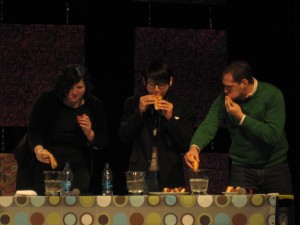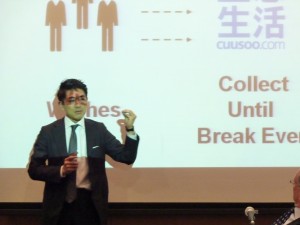WITLife is a periodic series written by professional Writer/Interpreter/Translator Stacy Smith (Kumamoto-ken CIR, 2000-03). She starts her day by watching Fujisankei’s newscast in Japanese, and here she shares some of the interesting tidbits and trends together with her own observations.
The other night I had the pleasure of meeting the author Jake Adelstein (pictured here on the Daily Show) who wrote the sensational book Tokyo Vice, the story of his time as a crime reporter in Japan. This absorbing memoir traces his path from Sophia University student to full-time reporter at the newspaper Yomiuri Shimbun, a notable feat for a foreigner. He spent 12 years covering the underbelly of Japan, and as expected the bulk of his talk concentrated on the yakuza.
He discussed how this Japanese mafia is known as a second police force, or a necessary evil (必要な悪 or hitsuyou na aku). As tracked by the police they number 86,000 and have 986 front companies in Tokyo. In Japan, there were no organized crime laws until 1992, and even now there is limited wiretapping and no witness protection/relocation, quite different from the States in this respect. Adelstein also highlighted other interesting cultural differences such as the fact that there are even yakuza fan magazines, which have articles profiling members as well as photo essay series with them as subjects! As a crime reporter an important aspect of his job was reading these publications to keep up-to-date on the yakuza world.
Several questions from the audience focused on the collusion between Japanese corporations and the yakuza, and Adelstein said that it was highly possible that many companies cooperate with one yakuza group to protect them from others. Also, ex-yakuza are often hired as corporate consultants. This is a timely topic considering the speculation that Fujitsu’s former President was ousted because of alleged gangster ties. According to an article in today’s Wall Street Journal, it has been confirmed that this has been taken to court and is currently being battled over.









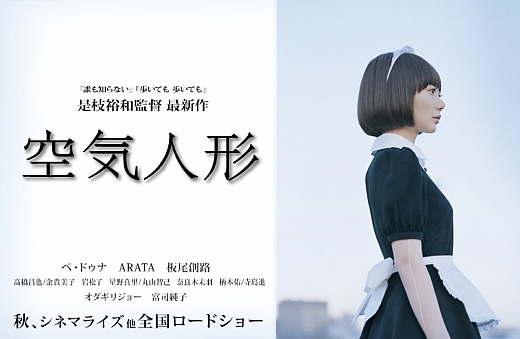 r own observations.
r own observations.